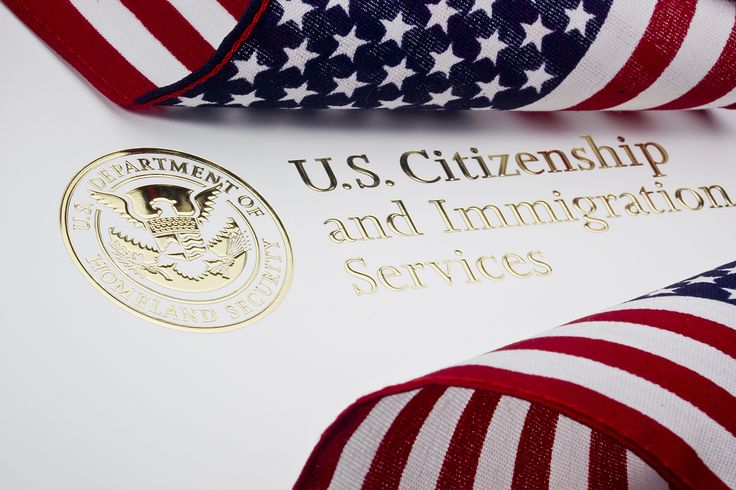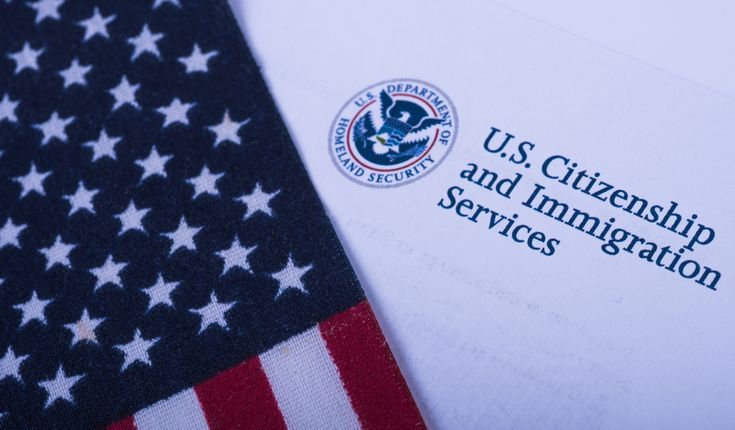Relocation to America: Legal Ways to Immigrate to the United States
For generations, America has stood as a symbol of opportunity, freedom, and new beginnings. People from across the globe set their sights on the United States for one main reason: the promise of a better life. From high-paying jobs to world-class education and business prospects, the U.S. offers opportunities unmatched by most countries. But with opportunity comes responsibility you must follow legal immigration processes to secure a future in America. Trying to enter or live in the U.S. without proper documentation can lead to deportation, long bans, or even legal consequences. To avoid these risks, it is crucial to know the legal ways available for relocation. This guide provides an in depth breakdown of every legitimate option for moving to America, including work visas, student pathways, family sponsorship, investment programs, and humanitarian options. By the end, you will understand not only how to apply but also how to increase your chances of approval.

Why Relocating to America Appeals to Millions
The U.S. continues to attract people because of its wide range of benefits. Below are the most common reasons why individuals choose America as their relocation destination:
- Economic Stability: As the world’s largest economy, the U.S. offers millions of job opportunities across diverse industries.
- Higher Wages: Many professionals earn double or triple what they would in their home countries.
- Global Education Hub: U.S. universities dominate global rankings, offering degrees that carry weight worldwide.
- Entrepreneurship Culture: America thrives on innovation and provides entrepreneurs with the tools to succeed.
- Diversity and Inclusion: Immigrants make up a significant part of the population, creating supportive communities.
- Family Reunification: U.S. immigration laws allow families to reunite through sponsorship.
- Legal Protection: Once inside legally, immigrants enjoy rights and protections not available in many parts of the world.
Also Read: Life Changing U.S. Work Visa Sponsorship with Family Benefits
Main Legal Ways to Immigrate to the United States
Employment-Based Immigration
Work visas are among the most common ways to relocate to the U.S. They allow skilled workers, professionals, and even seasonal laborers to live and work legally.
H-1B Visa (Specialty Occupations)
- For professionals in fields like IT, medicine, finance, and engineering.
- Requires at least a bachelor’s degree.
- Employer sponsorship is mandatory.
- Annual caps apply, so demand is high.
EB-3 Green Card (Employment-Based, Third Preference) - Open to skilled workers, professionals, and even unskilled workers.
- Employer sponsorship is required.
- Offers permanent residency after approval.
H-2B Visa (Temporary Work, Non-Agricultural) - Ideal for seasonal jobs in hospitality, construction, or landscaping.
- Valid for a short period but renewable.
O-1 Visa (Individuals with Extraordinary Ability) - For people with proven achievements in arts, sciences, athletics, or business.
- Requires evidence of awards, publications, or industry recognition.
L-1 Visa (Intra-Company Transfer) - Allows employees of international companies to transfer to U.S. branches.
- Common among managers, executives, and specialists.
Family-Based Immigration
Family reunification is a cornerstone of U.S. immigration law. U.S. citizens and lawful permanent residents can sponsor relatives.
- Immediate Relatives: Spouses, parents, and children under 21 of U.S. citizens qualify directly.
- Family Preference Categories: Includes siblings of U.S. citizens, married children, and relatives of permanent residents.
- Marriage-Based Green Cards: Foreign spouses of Americans can apply if the marriage is proven genuine.
This pathway often takes time because of long waiting lists, but it remains one of the most reliable.
Diversity Visa Lottery (Green Card Lottery)
The U.S. government runs the Diversity Visa (DV) Lottery annually to welcome immigrants from underrepresented countries.
- Around 55,000 green cards are issued yearly.
- Applicants must meet minimum education or work experience requirements.
- The program ensures fairness, offering chances to individuals regardless of wealth or connections.
For many, this is the easiest way to secure a U.S. green card.
Education Pathways: Student Visas and Beyond
Education often serves as a stepping stone for permanent relocation. Many international students remain in the U.S. after graduation.
F-1 Student Visa
- Granted to students admitted into accredited U.S. schools or universities.
- Allows limited on campus work.
- Graduates may apply for Optional Practical Training (OPT) to work for up to 12 months in their field.
J-1 Exchange Visitor Visa - Covers scholars, interns, and professionals participating in exchange programs.
- Requires sponsorship by an authorized institution.
Transitioning from Study to Work
Many students switch to H-1B or other employment visas after graduation, leading to permanent residency over time.
Business and Investor Visas
Entrepreneurs and investors can move to the U.S. by contributing to the economy.
E-2 Investor Visa
- Requires a substantial investment in a U.S. business.
- Does not grant permanent residency but allows long term stays.
EB-5 Immigrant Investor Program - Requires a minimum $800,000 investment in a U.S. business.
- Must create at least 10 jobs for U.S. workers.
- Offers a direct path to a green card.
For wealthy entrepreneurs, this pathway provides both opportunity and stability.
Refugee and Asylum Programs
For individuals fleeing persecution, the U.S. offers humanitarian relief.
- Refugee Status – Granted to applicants outside the U.S. seeking safety.
- Asylum – Granted to applicants already inside the U.S. who fear persecution in their home countries.
While selective, this program saves lives and provides permanent residency for those in need.
Step-by-Step Guide to Relocating Legally
- Choose the Right Pathway – Match your background, skills, or situation to the correct visa type.
- Research Requirements – Collect necessary qualifications like education, job offers, or financial proof.
- Secure Sponsorship or Admission – Find a U.S. employer, university, or business opportunity.
- Prepare Documentation – Gather passports, police clearances, academic records, and financial evidence.
- Submit Your Application – Follow guidelines from U.S. Citizenship and Immigration Services (USCIS).
- Attend an Embassy Interview – Prepare to explain your purpose and prove your intent.
- Relocate and Integrate – Once approved, settle in and adapt to your new life legally.
Check: Chevening Scholarship 2025/2026 – Apply Now for Fully Funded UK Studies
Common Challenges and How to Overcome Them
- High Competition – Many visas have caps. Solution: Apply early and explore multiple visa options.
- Costs – Visa fees, relocation expenses, and legal support add up. Solution: Budget early and seek scholarships or employer assistance.
- Cultural Adjustment – Moving to a new country brings challenges. Solution: Learn about American culture before relocating.
- Waiting Times – Some visas take years. Solution: Stay prepared and use waiting time to upskill.

Practical Tips for a Smooth Relocation
- Master English before moving.
- Build savings to cover initial living expenses.
- Research your destination city for housing, schools, and job markets.
- Network with other immigrants for guidance.
- Respect U.S. laws and customs to avoid problems.
Conclusion
Relocating to America is a dream for millions, but success depends on following legal pathways. Whether through work visas, family sponsorship, student programs, investor opportunities, or humanitarian channels, the U.S. offers a route for almost everyone. Each option has unique requirements, but the benefits financial security, education, and freedom make the process worthwhile. By preparing thoroughly, choosing the right visa, and committing to the process, you can turn the dream of living in America into a reality.
Frequently Asked Questions
1. What is the fastest way to immigrate legally?
Employment visas or the Diversity Visa Lottery offer some of the quickest pathways.
2. Can I move to the U.S. without family or employer sponsorship?
Yes, through the DV Lottery or EB-5 investor visa.
3. How much money is required for relocation?
It depends on the visa. Student visas require proof of tuition and living costs, while investor visas require $800,000+.
4. Can students stay after graduation?
Yes, through OPT and later by applying for work visas.
5. Can I bring my family with me?
Most work and student visas allow dependents to join under derivative visas.
6. What if my application is denied?
You can appeal, reapply, or explore alternative visas.
7. Is asylum a guaranteed way to enter?
No, it requires strict proof of persecution and is reviewed case by case.
5 thoughts on “Relocation to America: Legal Ways to Immigrate to the United States Complete Guide”